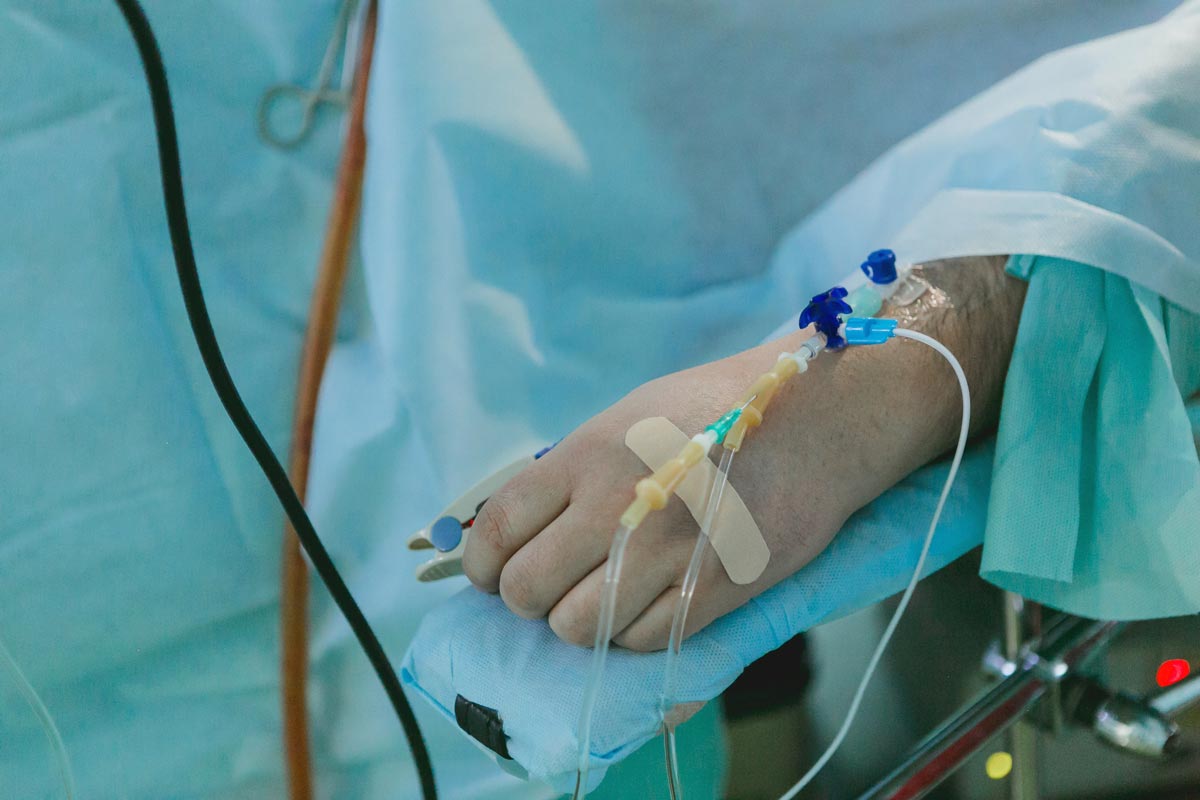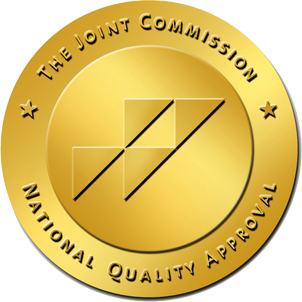
It’s difficult for some people to grasp the driving forces of addiction. Upon hearing of someone’s overdose, one might think that an event like that would wake someone up to reality. Ideally, an overdose would be a catalyst for seeking help, assistance in the form of addiction treatment. There are instances when an overdose is the straw that breaks the camel’s back, prompting someone to seek treatment. Sadly, some individuals experience several overdoses before coming to terms with their situation. The realization: Seek recovery or perish from the disease.
In the wake of the opioid addiction epidemic, overdose is on most people’s mind. One doesn’t need to have a history of addiction to understand the gravity of the situation. Efforts to make the lifesaving overdose reversal
drug naloxone more available have spared thousands of lives. However, a cure for overdose is not an antidote for addiction. When overdose victims are not encouraged and steered toward treatment, history is bound to repeat itself. A new study makes that reality abundantly clear, nearly 10% of revived patients dying within one year of the overdose. Half of them died within one month of being treated with naloxone, Morningstar reports. The findings were presented at the annual meeting of the American College of Emergency Physicians (ACEP). The findings highlight the need for treatment after an overdose revival.
Addiction Treatment Is A Must
Some 140 Americans perish from overdose each day in the United States. Even more people are revived, and such individuals are at the pinnacle of despair. In such a state, one is more likely to see the value of recovery. The problem is that many OD survivors are not connected with addiction treatment professionals at the time. When faced with experiencing days of withdrawal sickness or using again, the latter is almost always the choice.
“Patients who survive opioid overdoses are by no means ‘out of the woods,’” says lead study author Dr. Scott Weiner. “These patients continue to be at high-risk for overdose and should be connected with additional resources such as counseling, treatment and buprenorphine.”
While addiction treatment services exist all around the country, in certain areas accessing help isn’t easy. If people can’t find a bed at a facility or have to wait, they are apt to return to using. More treatment centers are needed in rural America, where high rates of overdose per capita are occurring. The researchers shared a survey at the ACEP meeting, the findings of which were troubling:
“Virtually every emergency physician has seen firsthand the tragedy of opioid addiction,” said Paul Kivela, MD, FACEP, president of ACEP. “The consequences of this epidemic are playing out in the nation’s emergency departments. Almost all the emergency physicians responding to an ACEP poll (87 percent) reported that the number of patients seeking opioids has increased or remained the same. More than half (57 percent) said that detox and rehabilitation facilities were rare or never accessible.”
Breaking the Cycle of Addiction
Without help, the odds of overcoming opioid use disorder on one’s own are slim to none. Addiction treatment works and services should be available to people at the time of an overdose. If you or a loved one experienced an overdose recently, please contact 10 Acre Ranch immediately. We can help break the cycle of addiction and show you how a life in recovery is possible. Picking up the phone or contacting us online is the first step.






